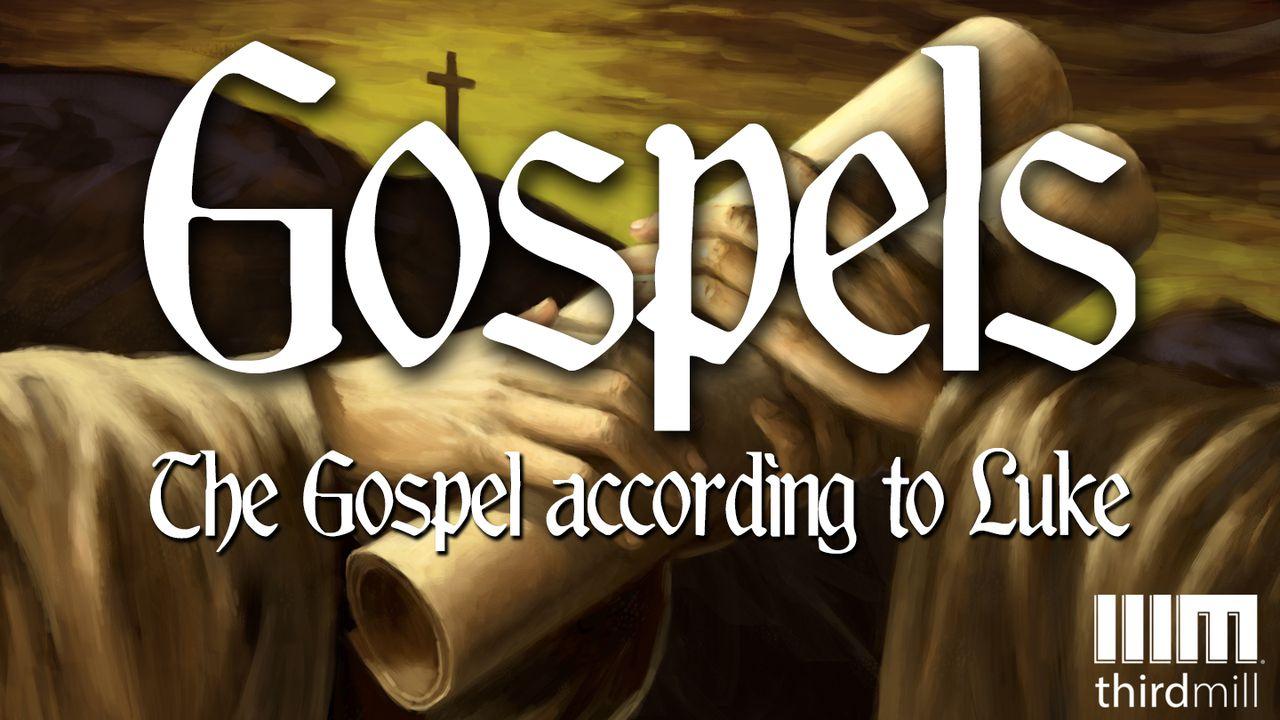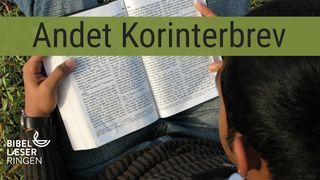The Gospel According To LukeUddrag

Prologue of Luke: Luke 1:1-4
Luke’s preface implies that Theophilus was his patron, the one who commissioned and financially supported his writing. In Luke 1:3, Luke addressed his work to “most excellent Theophilus,” or kratiste Theophile. The term kratiste was an expression of high honor. In fact, it’s used to describe only two other people in the whole New Testament: the Roman governors Felix and Festus. If Theophilus was not a high-ranking Roman official, he was certainly a person of prestige and significance.
But the relationship between Luke and Theophilus was more complex than mere patronage. In some sense, Theophilus was also Luke’s student. In Luke 1:3-4, we read these words:
Therefore, since I myself have carefully investigated everything from the beginning, it seemed good also to me to write an orderly account for you, most excellent Theophilus, so that you may know the certainty of the things you have been taught.
Theophilus already knew about Jesus. But Luke wrote this fuller and more orderly account of Jesus’ life in order to give Theophilus confidence in what he’d been taught.
Having seen that Luke explicitly cited Theophilus as his first reader, it’s also helpful to think of Luke writing to a broader audience.
There are many reasons to think that Luke wrote for a broader audience than just Theophilus. For one thing, early Christians tended to share letters and other writings with each other. As just one example, consider what Paul wrote in Colossians 4:16:
After this letter has been read to you, see that it is also read in the church of the Laodiceans and that you in turn read the letter from Laodicea.
Since early Christians tended to share their writings, it seems reasonable to assume that Theophilus would have been eager to share Luke’s books.
Beyond this, the gospel’s highly literary character makes it almost certain that Luke also had a broader audience in mind. The style simply is not that of a private note intended only for one person. The extensive historical research Luke referred to in Luke 1:3 also implies a more extended audience. And beyond this, the great length of the gospel and Acts suggests that Luke was producing a major work that he intended for a larger audience. But who was this larger audience?
It seems most likely that Luke wrote primarily for Gentile Christians. For example, his style of Greek was that of the Gentiles. And his emphasis on the universal offer of the gospel of the kingdom of God stressed that salvation was for all nations. Of course, Luke’s gospel would have been valuable to Jewish Christians, too. But it wasn’t directed to them the way Matthew’s gospel was.
In a general sense, God always intends the whole Bible to be read and understood by all his people throughout history. But it’s important to recognize that when the Holy Spirit inspired particular authors to write particular books, he worked through their individual personality and interests. In this primary sense, Luke designed his gospel to speak rather directly to the needs of Theophilus and other first-century Gentile Christians. By contrast, modern audiences are overhearing what Luke wrote to them. But if we keep Luke and his original audience in mind as we read his gospel, we’ll be better prepared to understand what he wrote, and to apply it to our own lives.
Skriften
Om denne plan

This reading plan explores the third Gospel. Luke described Jesus Christ as the one who saves. Humanity is lost and desperate, without help or hope, in need of salvation. The third Gospel reminds us that Jesus died to save us.
More









